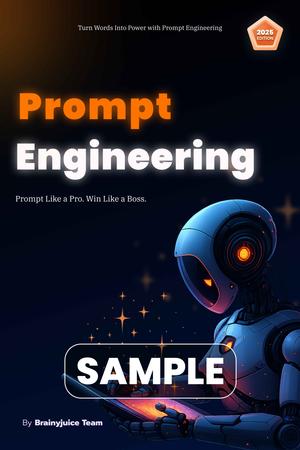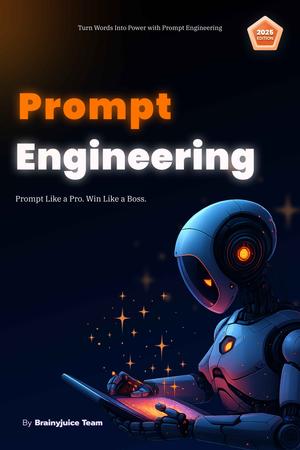
Designing great UX is only half the job. Measuring it is what turns opinions into proof.
UX metrics help you answer:
Is this design actually working for users?
Where are users getting stuck or dropping off?
Is the experience improving or degrading over time?
Here’s a guide to the most important UX metrics, how to track them, and what they really tell you.
What Are UX Metrics?
UX metrics are data points that help you evaluate how users experience your product, from usability and satisfaction to efficiency and retention.
Good UX = users achieving their goals easily, happily, and repeatedly. UX metrics help you measure that.
Two Types of UX Metrics
1. Behavioral Metrics (What users do)
Quantitative. Based on user actions and product analytics.
- Clicks, time spent, bounce rate, completion rate
- Tracked using tools like GA4, Mixpanel, Hotjar
2. Attitudinal Metrics (What users feel)
Qualitative or survey-based. Measures satisfaction and perception.
- Surveys, ratings, feedback
- Tools like Typeform, Usabilla, or NPS tools
You need both for a complete picture.
Core UX Metrics (That Actually Matter)
1. Task Success Rate
What it is:
% of users who complete a task (e.g., sign up, checkout, book a call)
Why it matters:
Direct measure of usability. If users can’t complete key tasks, UX has failed.
Formula:
Successful attempts / Total attempts × 100
Aim for 95%+ on critical flows.
2. Time on Task
What it is:
How long users take to complete a task
Why it matters:
Long times = confusion. Short times = efficient flow (but beware: too short may mean they gave up).
Benchmark:
Varies by task. Use baseline comparisons (old vs new design).
3. Error Rate
What it is:
% of users who encounter an error (input errors, wrong clicks, failed steps)
Why it matters:
High error rates signal poor form UX, unclear buttons, or bad flow.
Formula:
Errors / Total attempts × 100
4. Drop-off Rate (or Funnel Abandonment)
What it is:
% of users who leave before completing a flow (e.g., 40% drop-off on payment page)
Why it matters:
Helps pinpoint friction in multi-step journeys (onboarding, checkout, sign-up).
Use:
Set up funnels in tools like Mixpanel, GA4, or Amplitude.
5. System Usability Scale (SUS)
What it is:
A standardized 10-question survey that gives a usability score out of 100.
Why it matters:
Gives a benchmarkable score for overall perceived usability.
SUS Score > 68 = Above average usability
SUS Score > 80 = Excellent
6. Net Promoter Score (NPS)
What it is:
“How likely are you to recommend this to a friend?” (0–10 scale)
Why it matters:
Simple, powerful signal of product loyalty and satisfaction.
Formula:
%Promoters (9–10) − %Detractors (0–6)
NPS > 50 = Great
NPS < 0 = You’re in trouble
7. Customer Satisfaction (CSAT)
What it is:
“How satisfied are you with your experience today?” (1–5 stars or similar)
Why it matters:
Tracks short-term satisfaction, ideal after support, onboarding, or feature use.
Use case:
Ask right after a user finishes a key action.
8. Retention Rate
What it is:
% of users who come back after their first use (daily/weekly/monthly)
Why it matters:
Great UX brings people back. Bad UX = churn.
Tools:
Mixpanel, Firebase, Amplitude
9. Task Load Index (NASA-TLX)
What it is:
Measures perceived mental effort during a task (frustration, mental demand, etc.)
Why it matters:
Too much mental load = cognitive fatigue = poor UX.
When to use:
Complex flows (e.g., onboarding, form completion)
10. First Click Success Rate
What it is:
% of users who click the correct UI element on their first try
Why it matters:
Tests how intuitive your interface is. First click = first impression.
Method:
Use first-click testing tools or observe in usability tests.
UX Metrics by Stage
| UX Stage | Key Metrics |
|---|---|
| Onboarding | Drop-off rate, time on task, NPS |
| Conversion | Task success rate, error rate, click map |
| Feature Usage | Retention, task success, CSAT |
| Post-Use | NPS, SUS, support ticket frequency |
How to Track UX Metrics (Tools You Can Use)
| Tool | Best For |
|---|---|
| GA4 / Mixpanel | Behavioral data, funnels |
| Hotjar / FullStory | Heatmaps, session replays |
| Typeform / SurveyMonkey | CSAT, NPS, SUS surveys |
| Maze / UsabilityHub | First-click, time-on-task |
| Dovetail / Notion | User research + qualitative |
You can’t improve what you don’t measure.
UX metrics aren’t about showing off, they’re about finding truth and making smarter design decisions.
Track. Learn. Iterate. Repeat.




